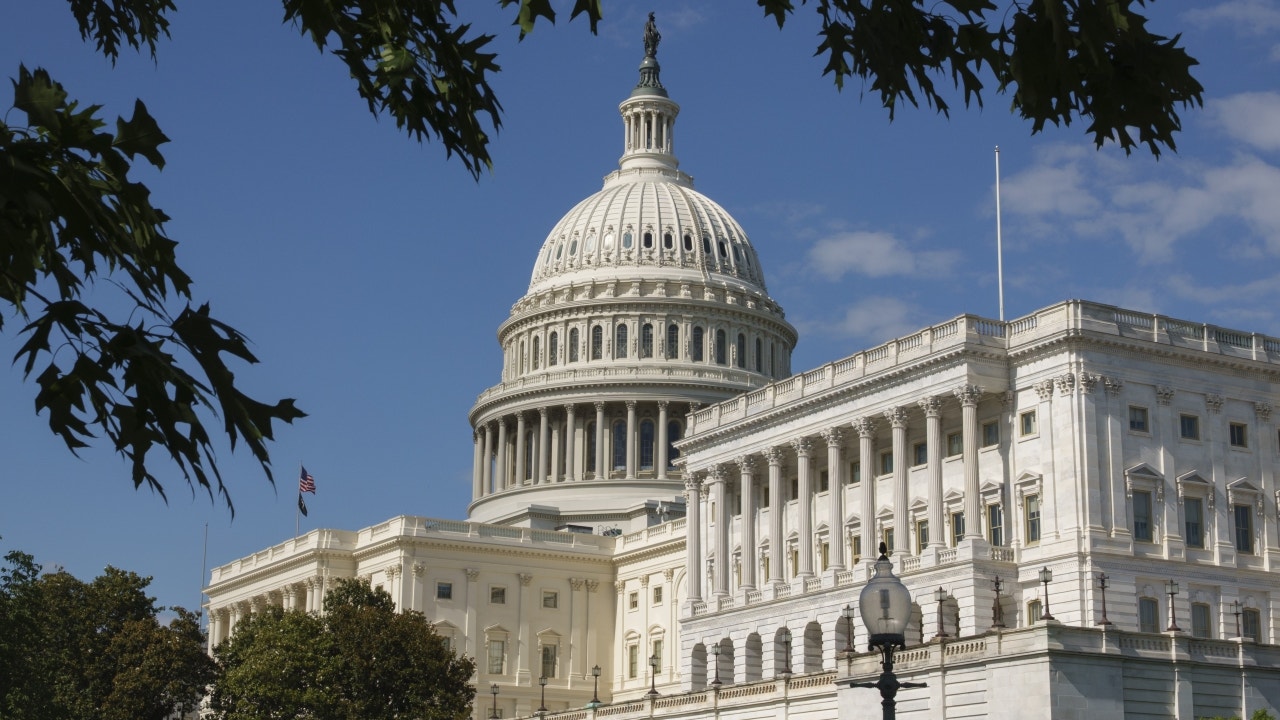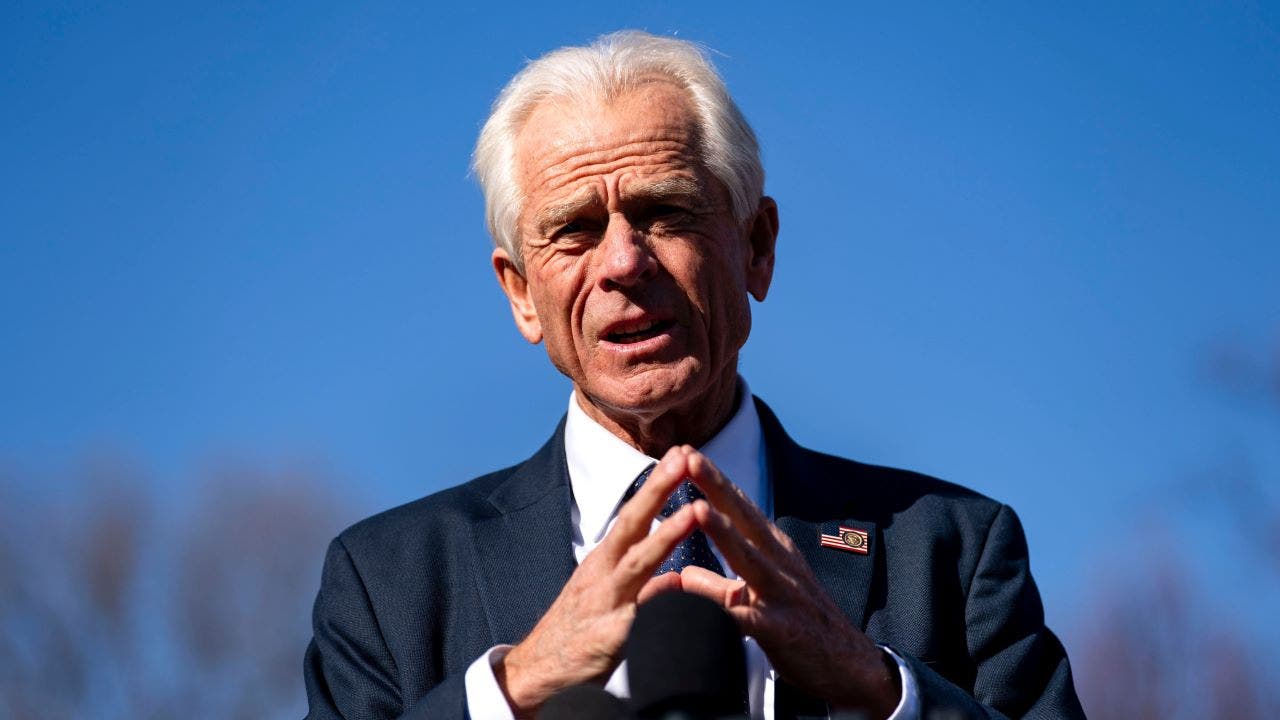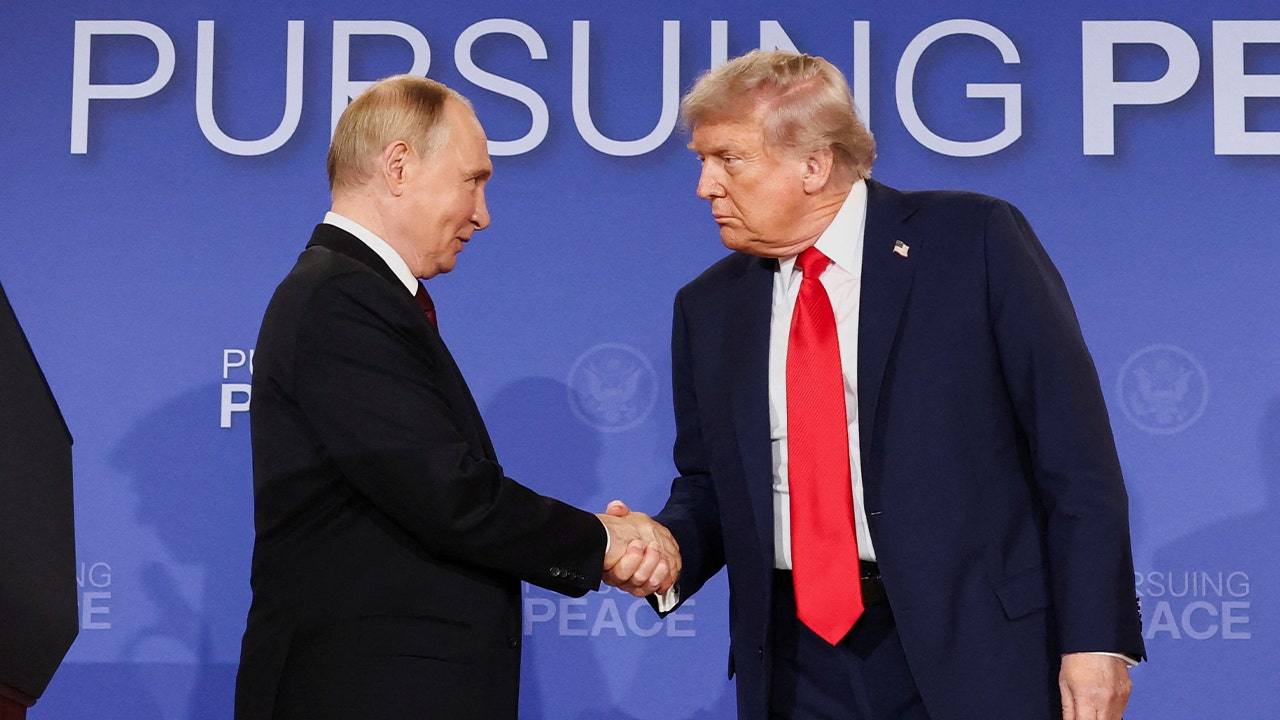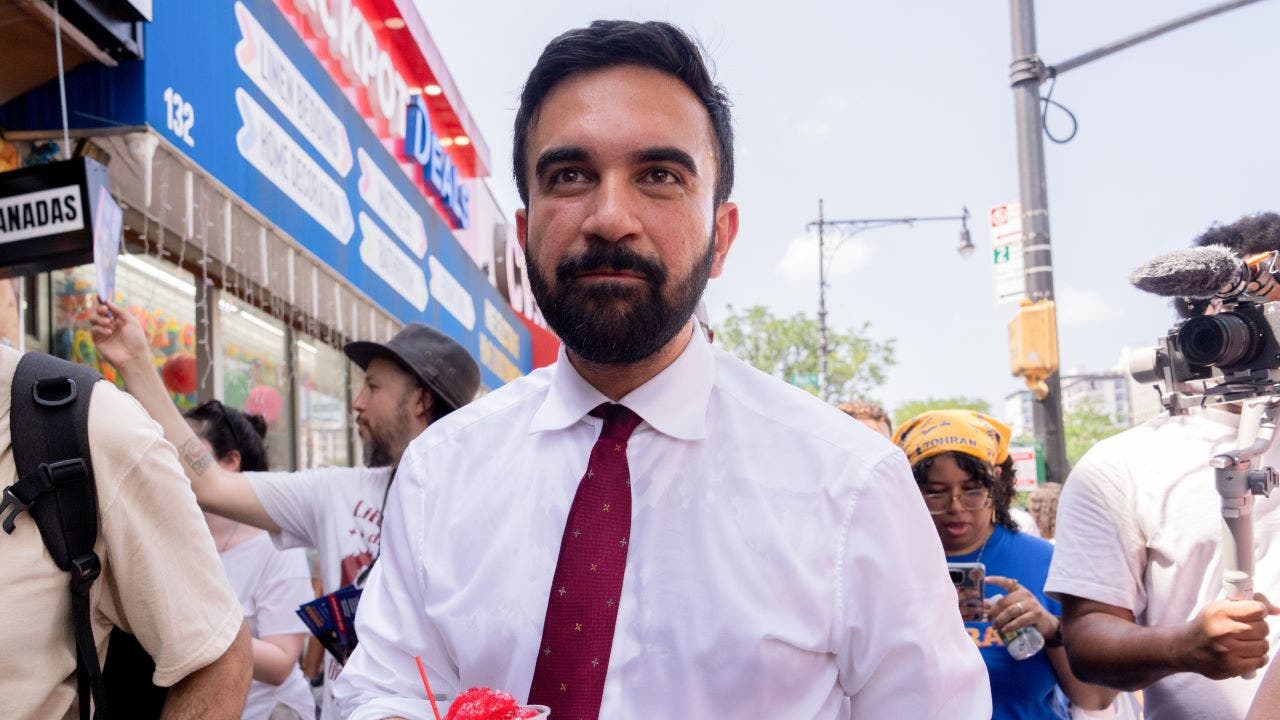The federal government’s gross national debt topped $37 trillion for the first time in history last week, and the U.S. has room to add trillions of dollars more to the debt following the enactment of the One Big Beautiful Bill Act (OBBBA).
President Donald Trump on July 4 signed OBBBA into law, which included a $5 trillion debt limit increase to avert a potential stand-off over the borrowing limit that was projected to be reached later in the summer. Failing to raise the debt limit could put the U.S. government at risk of defaulting on its debt obligations, which would roil financial markets and likely lead to higher interest rates on the debt to account for that risk.
The debt limit has been used by both parties as leverage to secure their various priorities in negotiations over federal spending and tax policies, though that political dysfunction and brinksmanship has contributed to the U.S. credit rating being downgraded by the three major rating agencies in the years since 2011.
NATIONAL DEBT TRACKER: AMERICAN TAXPAYERS (YOU) ARE NOW ON THE HOOK FOR $37,089,430,594,354.58 AS OF 8/15/25
“The fact that it was included in the OBBB, of course, means that we have avoided the worst risks and potential costs that could come from not dealing with the debt limit in a timely manner, but it didn’t spur a meaningful broader conversation about the unsustainable fiscal trajectory that we are on as a country,” Shai Akabas, vice president of economic policy at the Bipartisan Policy Center, told FOX Business in an interview.
Maya MacGuineas, president of the nonpartisan Committee for a Responsible Federal Budget (CRFB), expressed a similar sentiment, telling FOX Business, “The fact that policymakers managed to enact the most expensive reconciliation bill in history alongside the largest debt limit increase in history is a sign of how far we’ve fallen from taking our fiscal health seriously.”
US BUDGET DEFICIT HAS WIDENED BY $109B FROM A YEAR AGO DESPITE INFLUX OF TARIFF REVENUE
Akabas noted that the inclusion of the debt limit in the OBBBA marked the first time it had been raised through the budget reconciliation process, which he said is “an acknowledgement that neither party really views the debt limit as an effective tool for fiscal restraint. It was just tacked onto a bill that is estimated to increase the debt by somewhere between $3 and $4 trillion.”
RAY DALIO WARNS OF LOOMING FISCAL CRISIS IF US DOESN’T ADDRESS DEFICIT SPENDING: ‘ECONOMIC HEART ATTACK’
With the debt limit $5 trillion higher than it was earlier this year and now sitting at more than $41 trillion, lawmakers are likely to have a couple of years until the debt limit approaches again, though Akabas noted that experience makes it reasonable to doubt it will kick-start a serious debate about fiscal reforms.
He noted that there are a variety of proposals in Congress and in policy circles for reforming the debt limit, such as through the creation of a fiscal commission that would craft budgetary reforms, or legislation like the Responsible Budgeting Act. That proposal would de-risk the debt limit’s potential impact on the economy by allowing the debt limit to be suspended in exchange for Congress voting on specific debt reduction measures.












